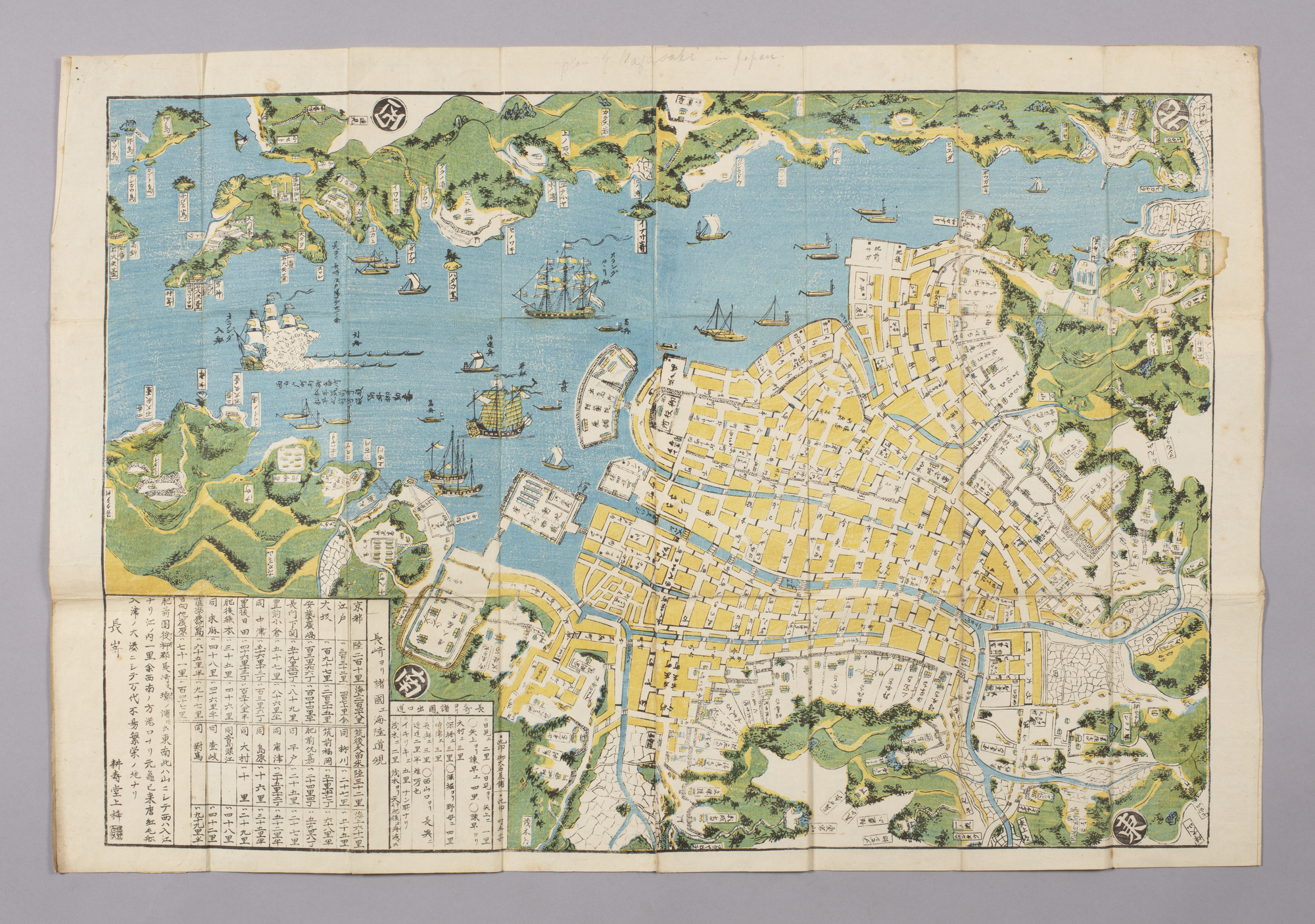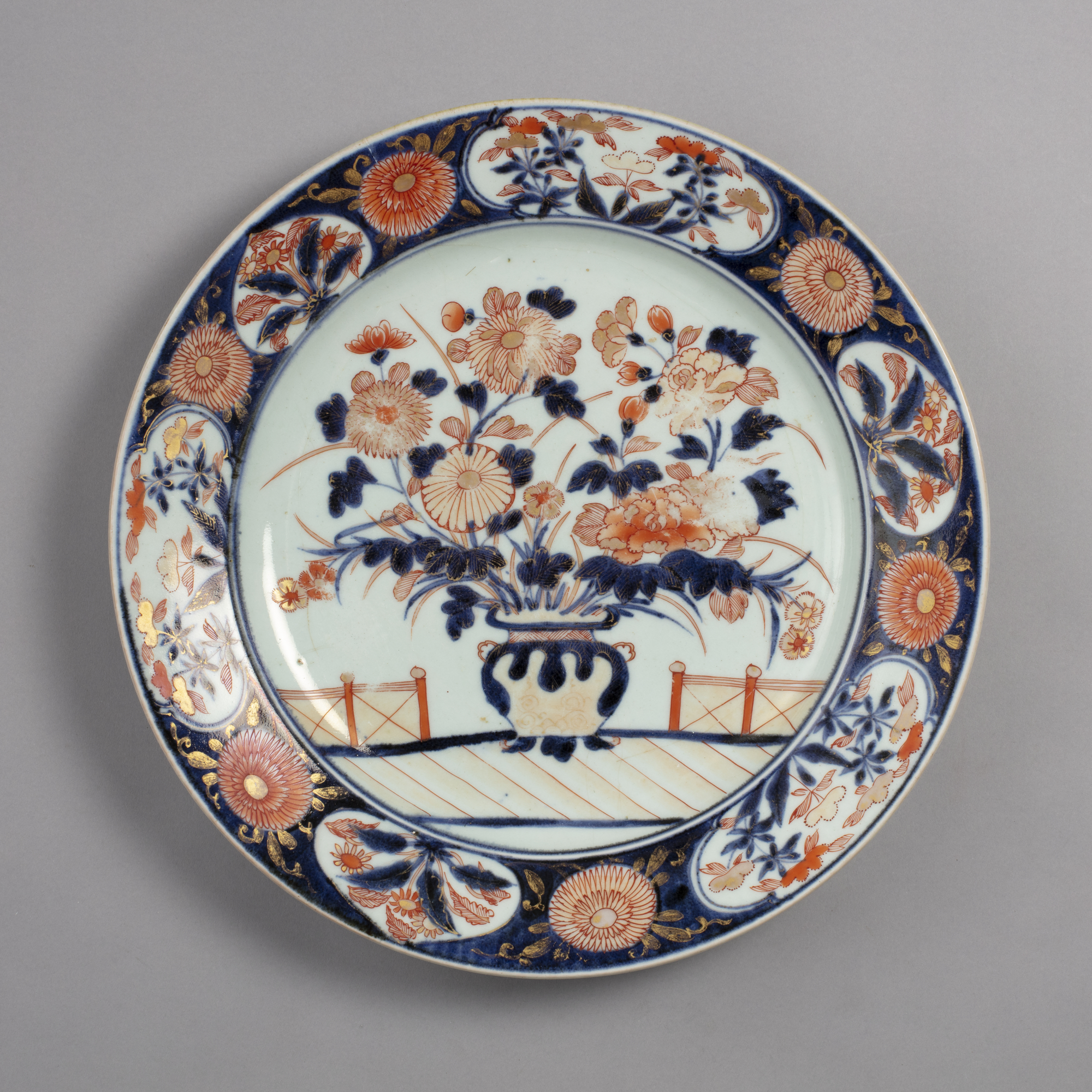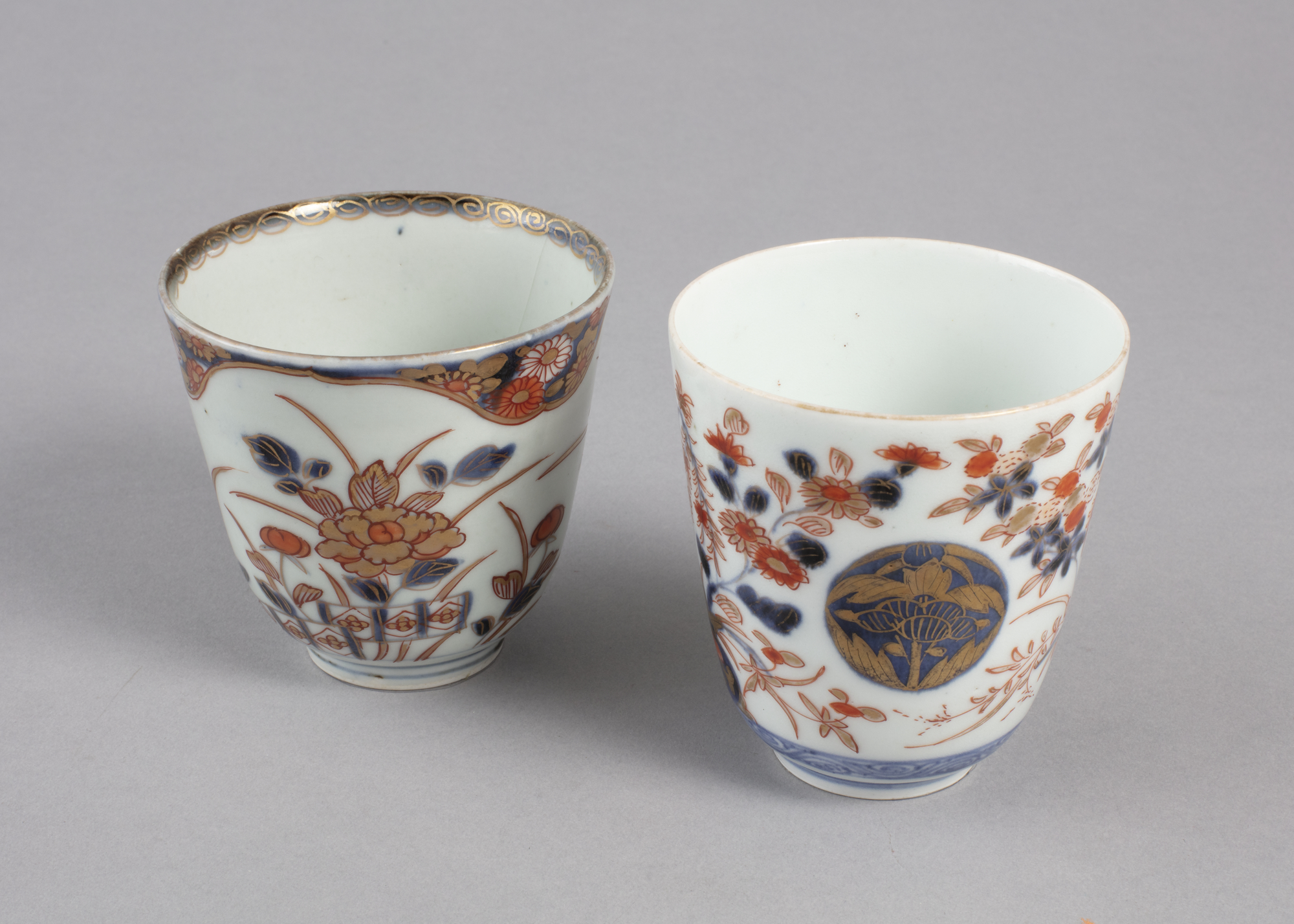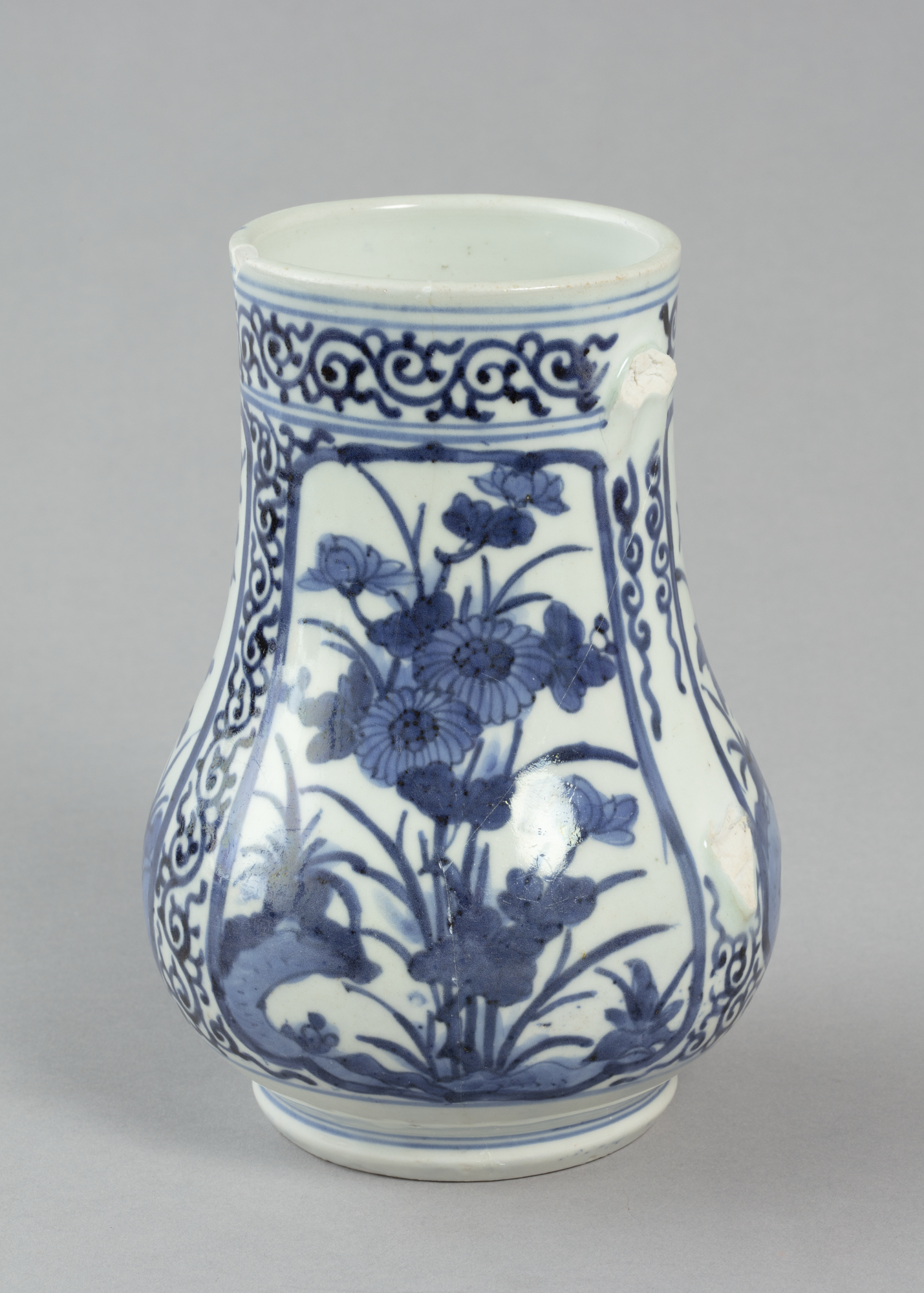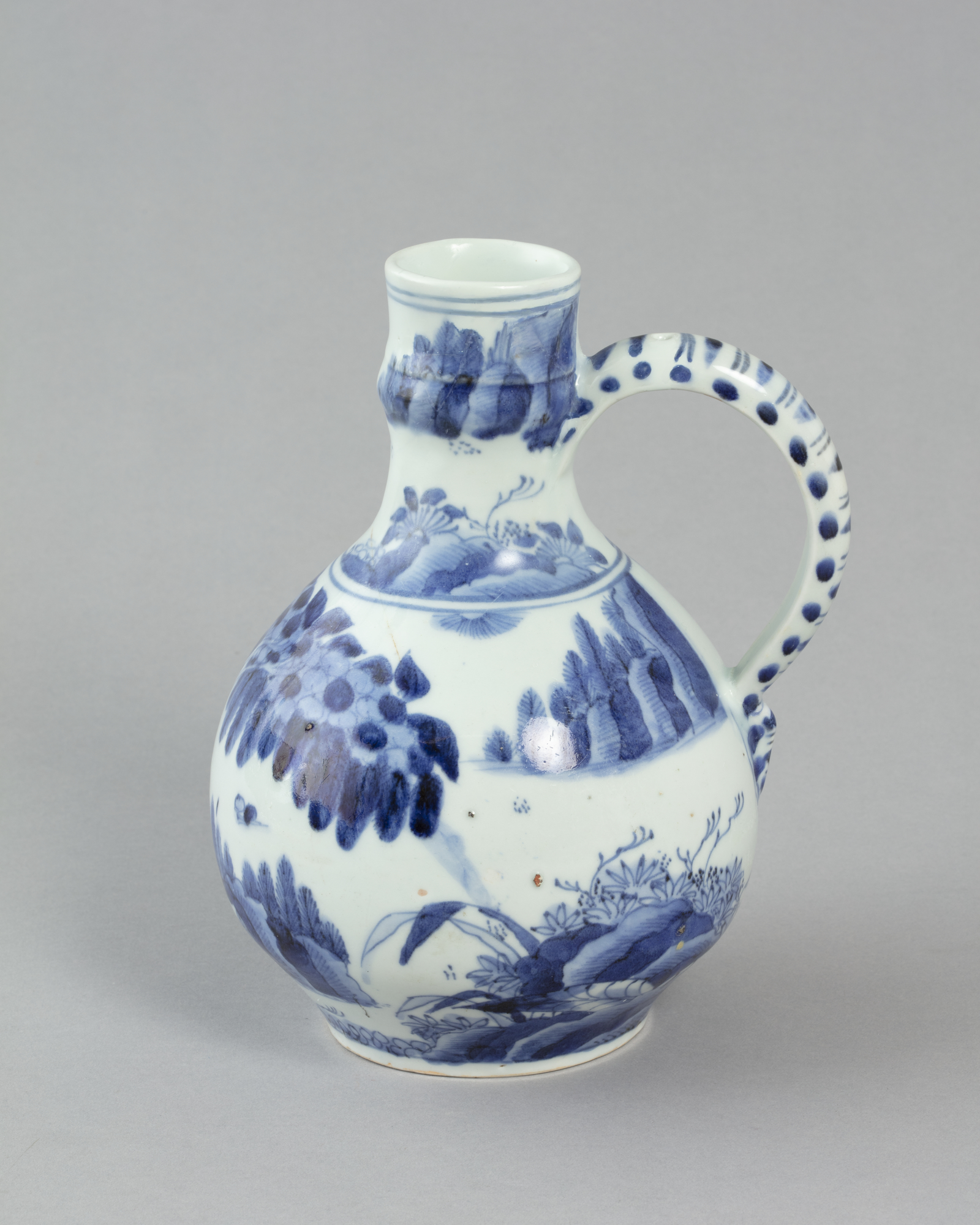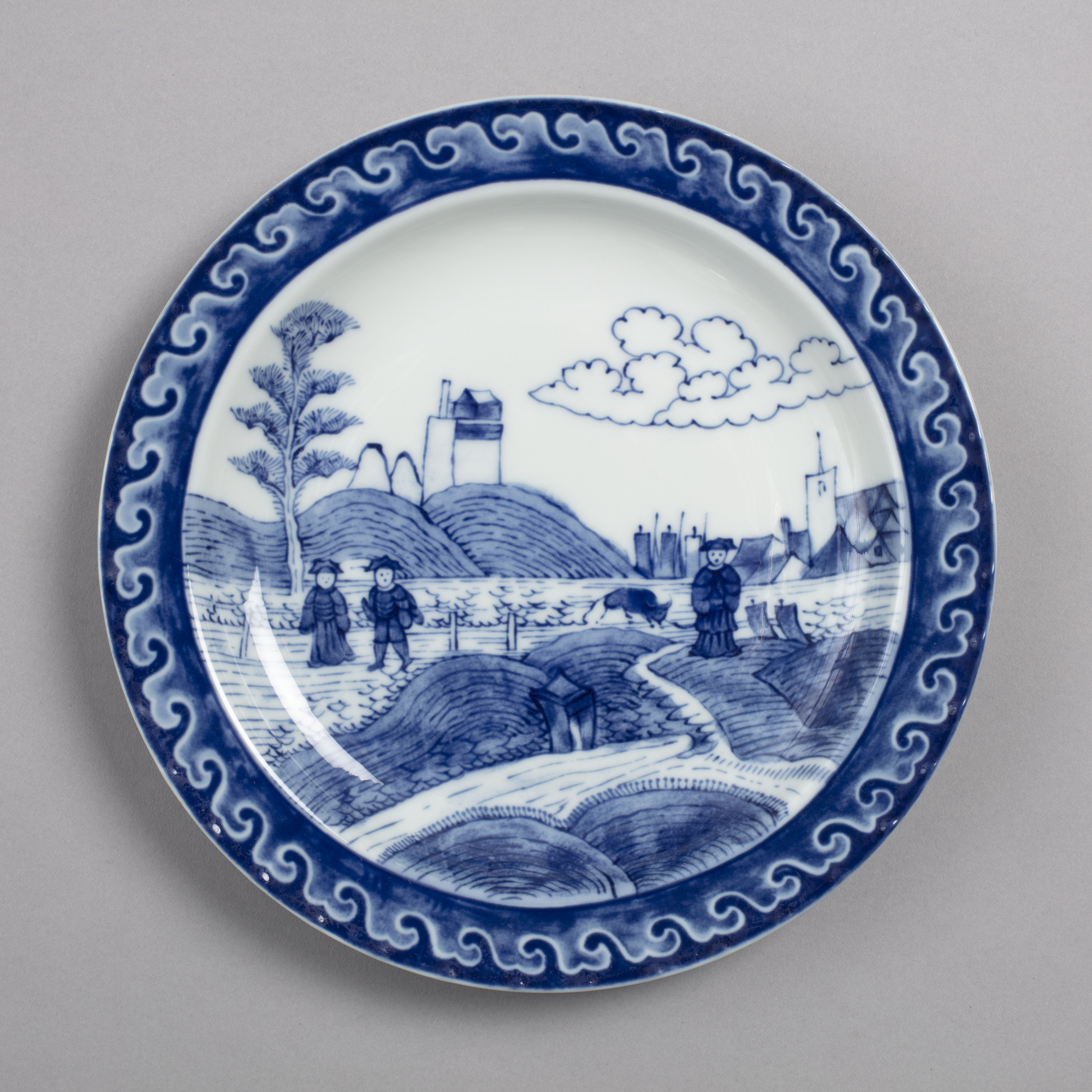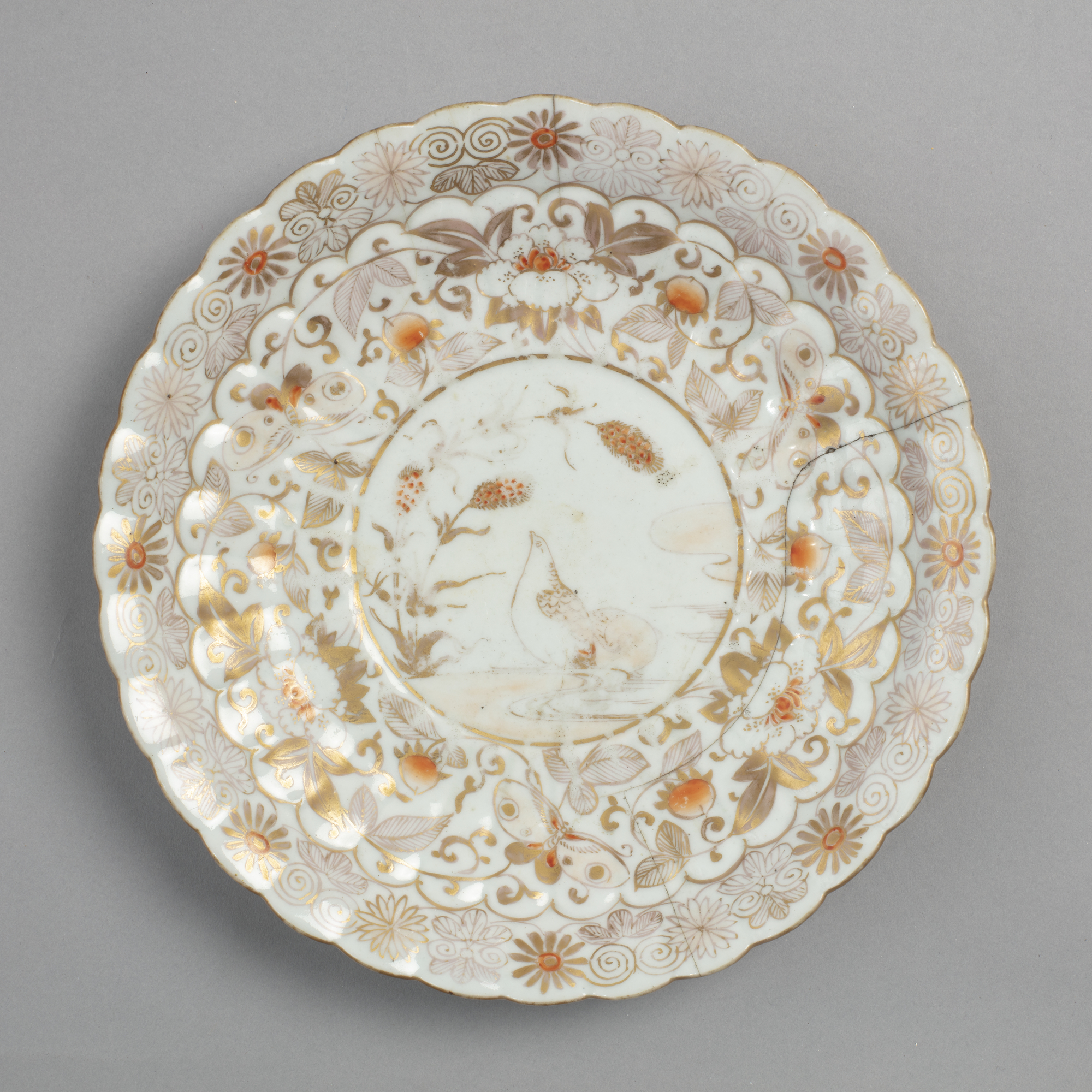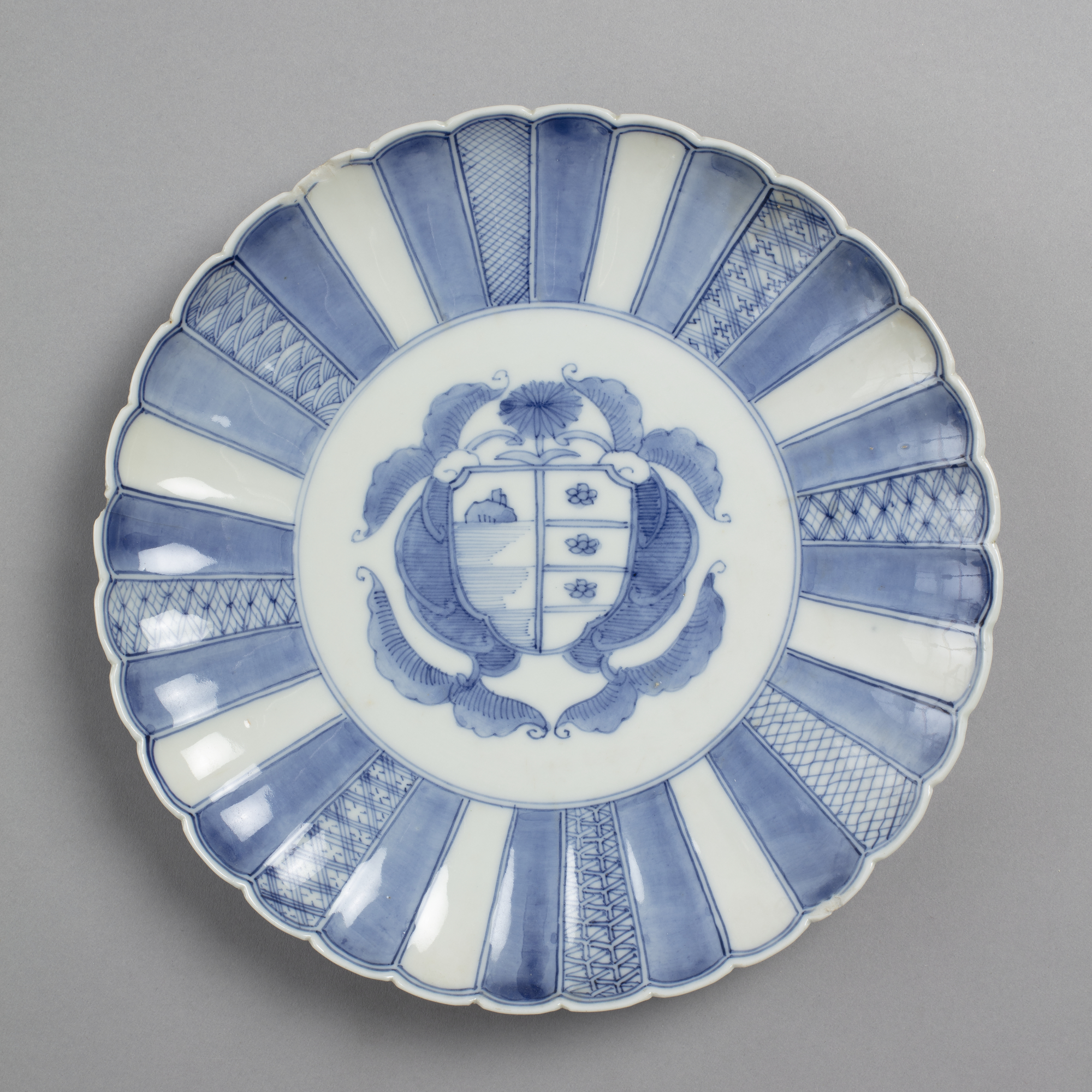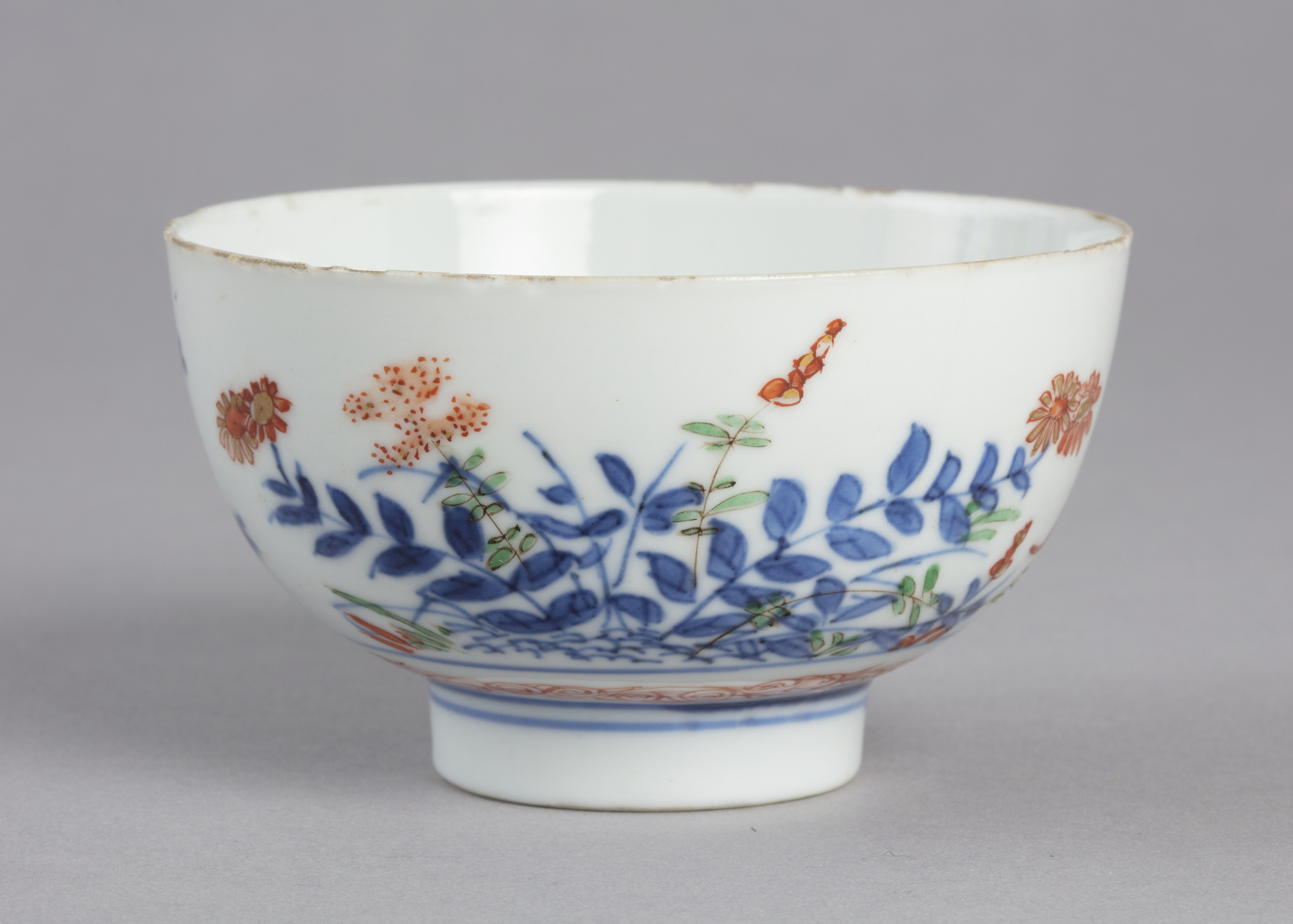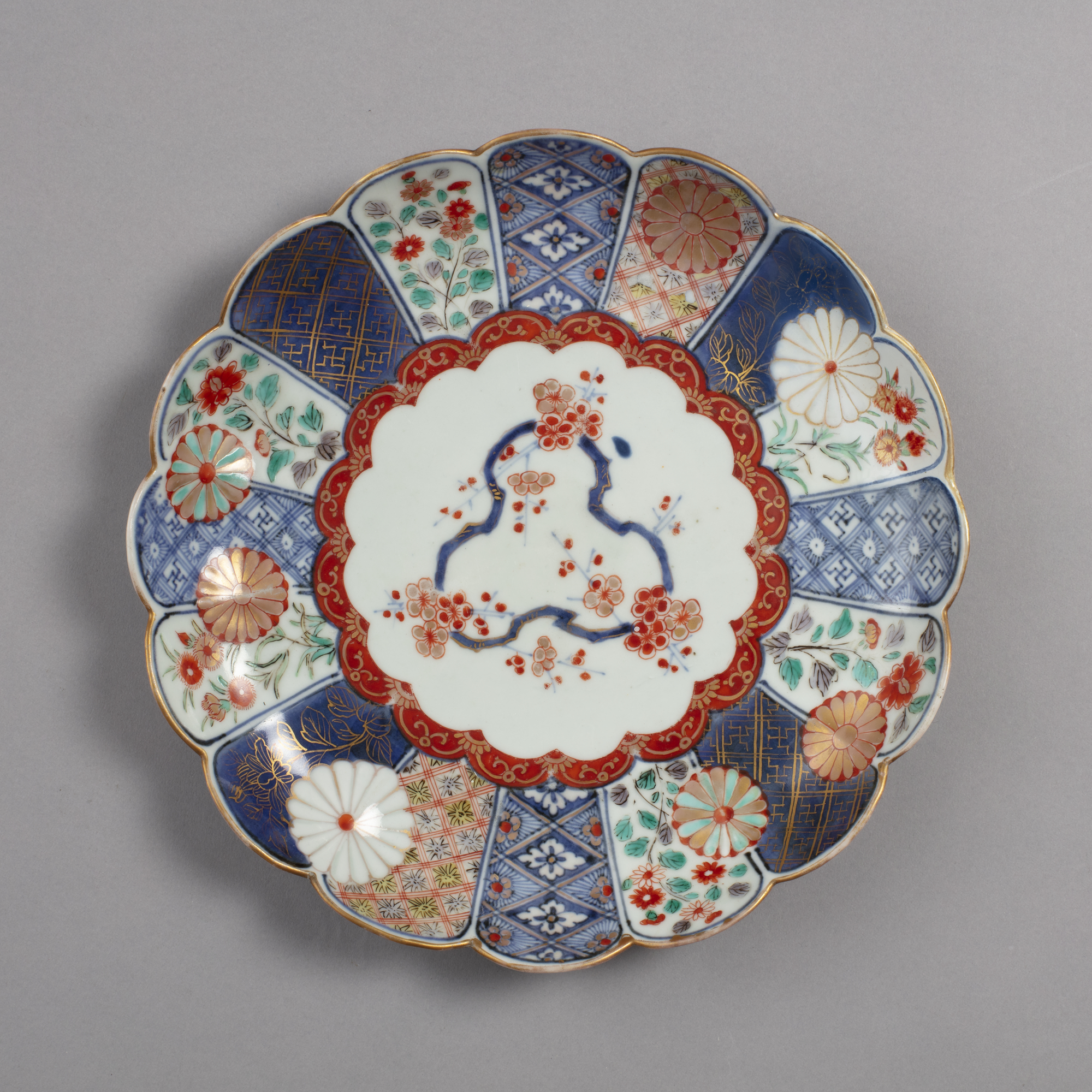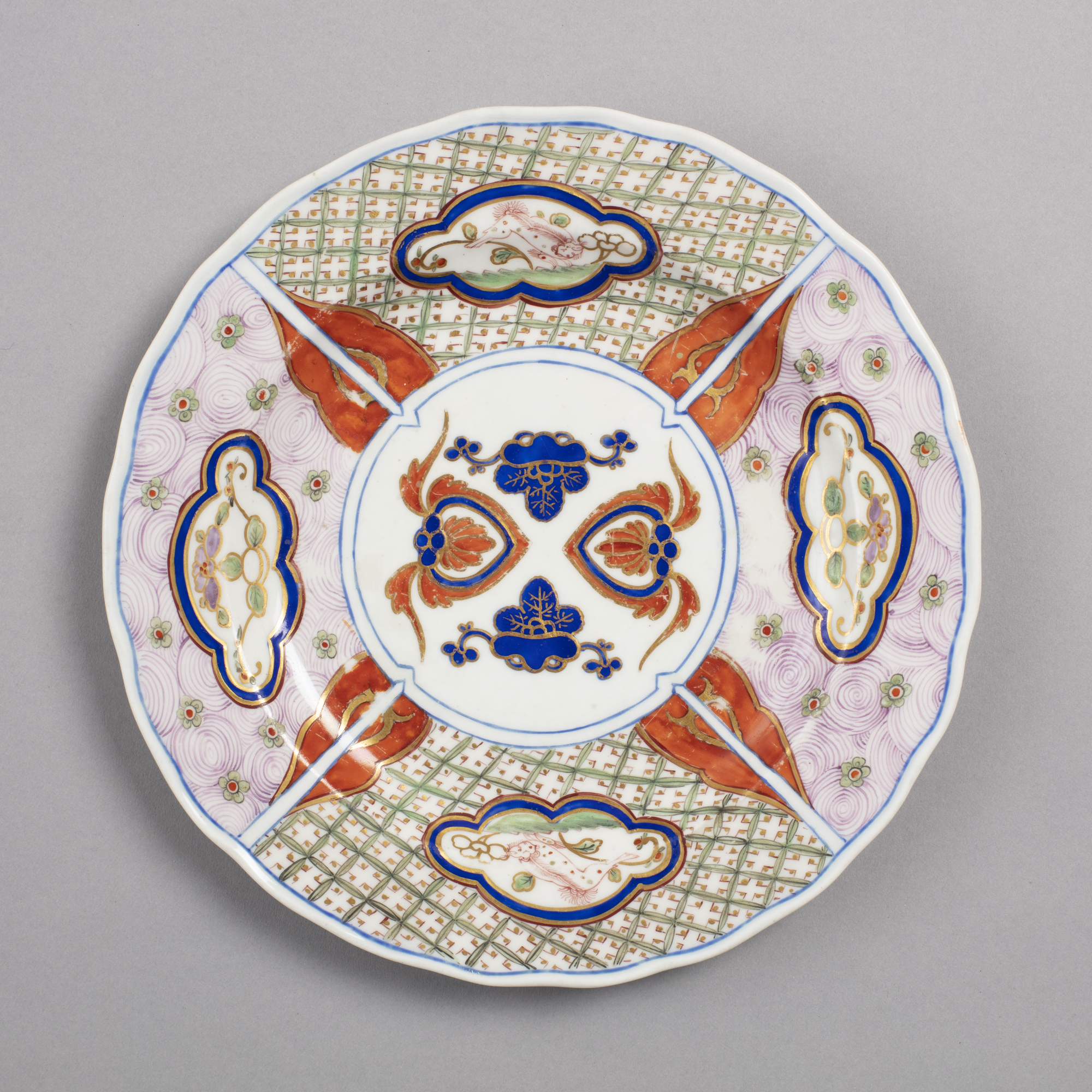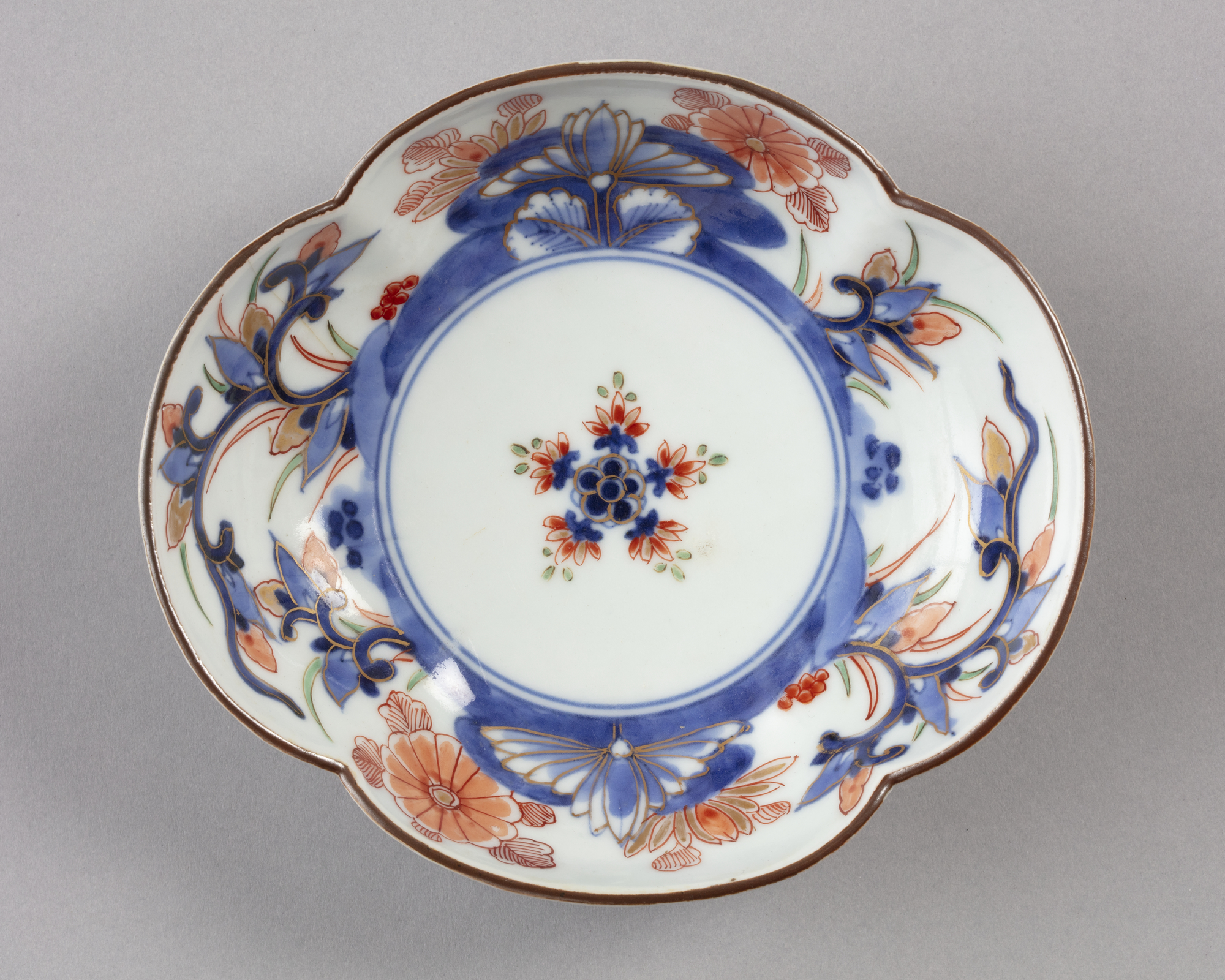Japanese porcelain in Europe
ヨーロッパに渡った日本磁器
China was the centre of the global porcelain trade until civil war broke out in the 1640s. When China’s official export trade stopped, Japan took over as the world’s leading producer of porcelain.
Japanese craftsmen developed new styles and colours, inspiring European producers when they developed their own porcelain in the 1700s.
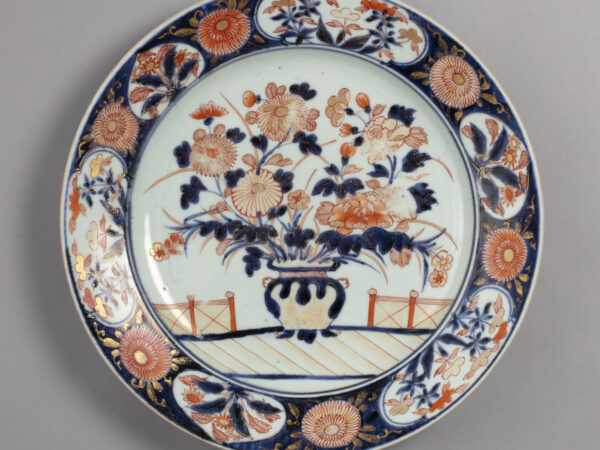
Large dish with design of flowers in vase
色絵花籠文大皿
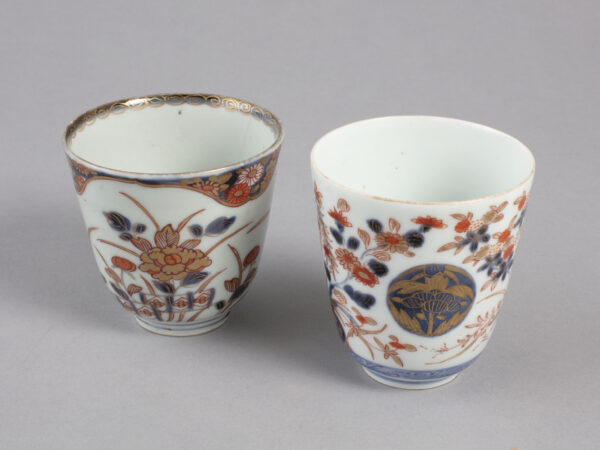
Chocolate cups with designs of flowers
色絵草花文チョコレートカップ
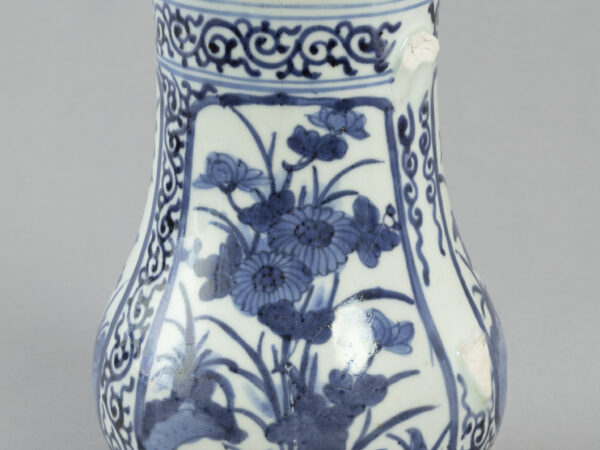
Beer mug with design of flowers and rocks
染付岩菊唐草文水注
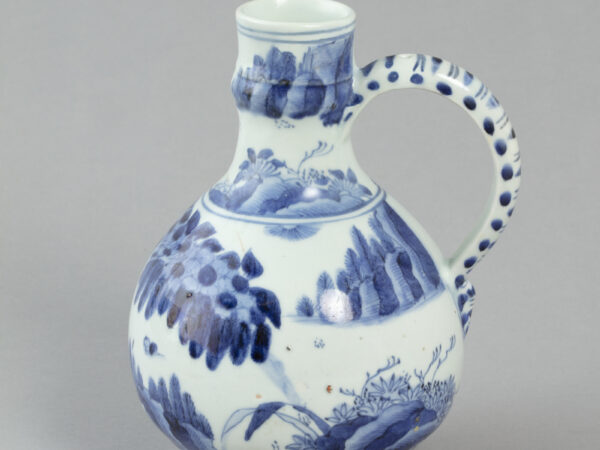
Wine jug with design of figures in landscape
染付人物山水文水注
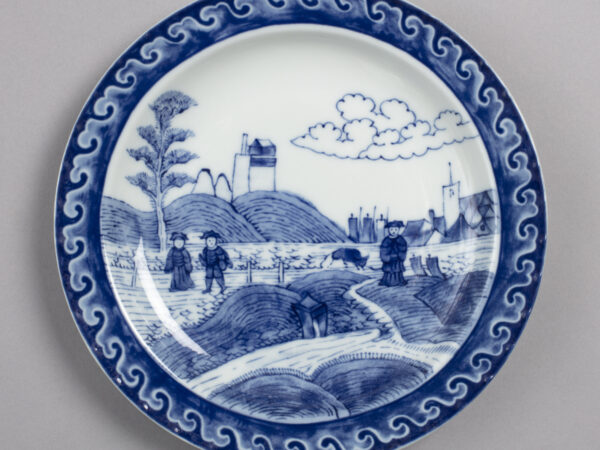
Dish with design of figures in landscape
染付風景人物文波縁皿
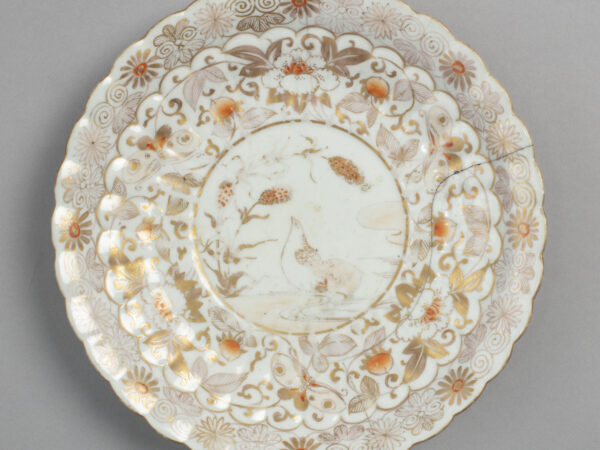
Dish with design of quails and millet
色絵 粟鶉文 輪花皿
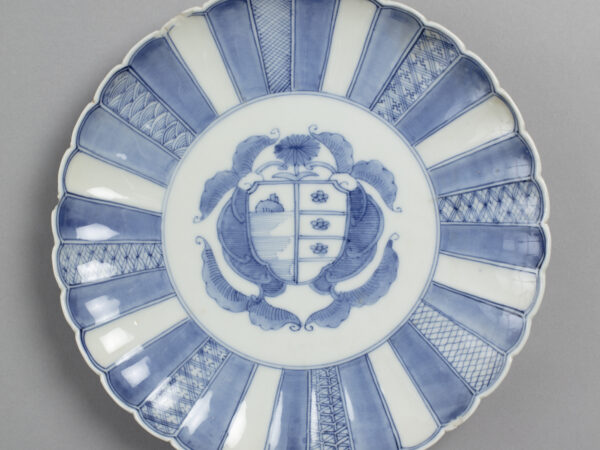
Dish of porcelain with design of unknown coat of arms
染付 紋章文 輪花皿
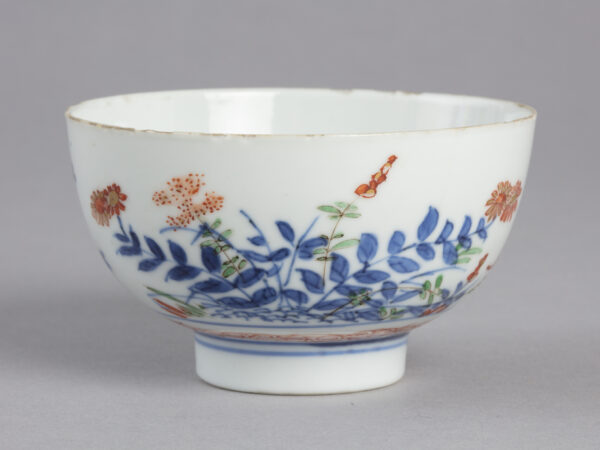
Bowl with design of flowers and grasses
色絵草花文碗
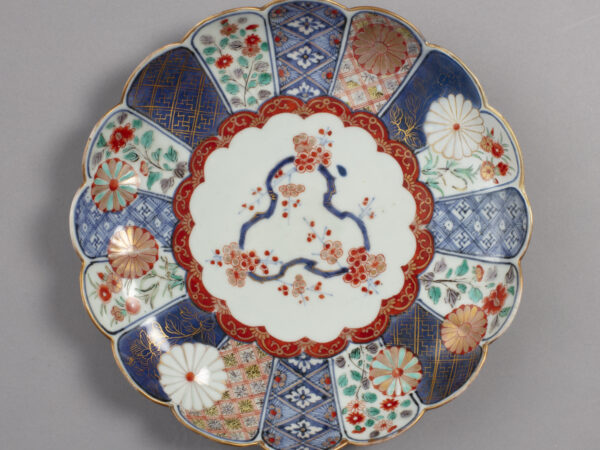
Dish with design of chrysanthemums and plum blossoms
色絵 梅菊花文菊花 形皿
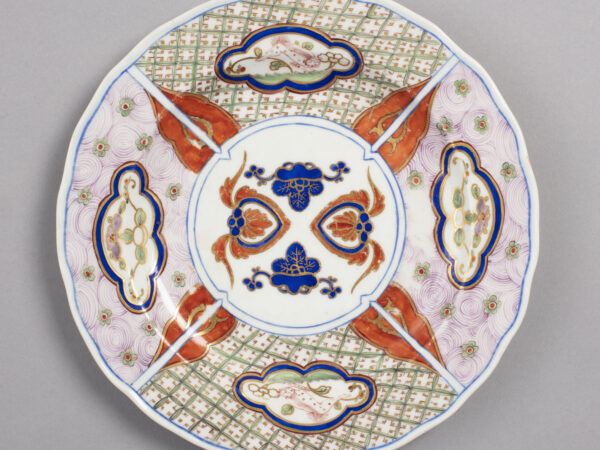
Dish with design of Chinese lions and paulownia crests
色絵獅子文皿
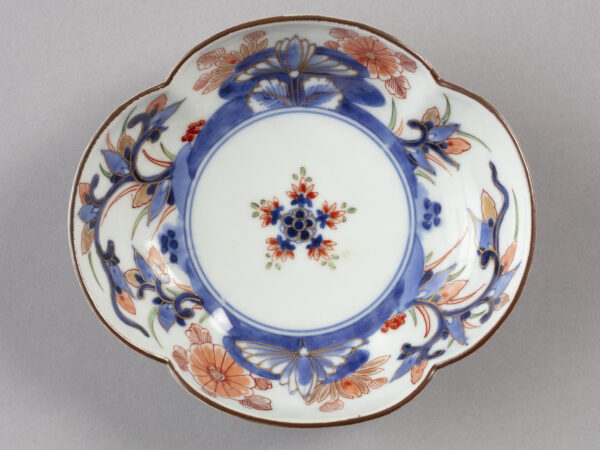
Lobed bowl with floral decorations
色絵 花文変 形皿
Map of Nagasaki in Hizen Province
Edo [Toyko], Japan, 1800-1860
From the 1630s, Japan’s military rulers (shoguns) restricted foreign trade to reduce outside influence. For 200 years, the Dutch Republic and China were the only countries permitted to interact directly with Japan.
A fan-shaped island called Dejima was built in Nagasaki harbour in 1636. It was a trading post for the Dutch East India Company from 1641 to 1859. A square-shaped island called Shinchi was set up for Chinese traders in 1702. Both islands can be seen on the map.
Woodblock print
Acquired, 1971
Or2006.24
